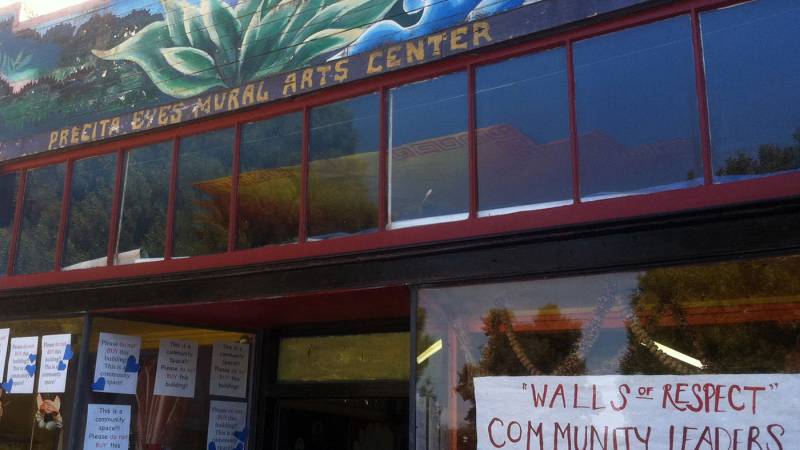And even though the total pot of money is down around $140,000 over last year, the available funds are being spread more widely, as there are seven more grantees this year. Those include the Clarion Alley Mural Project, Dancing Earth Creation, Art With Elders, the Festival of Latin American Contemporary Choreographers, Kultivate Labs, San Francisco Women Artists, and Youth Art Exchange.
City Administrator Naomi Kelly says these adjustments are strategic.
“We had a really deep dive into those organizations who tried to look at racial and ethnic equity lines in particular this year, such as the African-American community and the transgender community,” says Kelly. “We wanted to make sure that we are supporting those organizations that have been disproportionately impacted through COVID-19.”
At a time when so many cultural organizations have been forced to close their doors permanently or temporarily, or drastically reduce their operations owing to the coronavirus pandemic, such help from the city is a lifeline.
“It’s the only operating grant money that we receive,” says Suzanne Cervantes, founding executive director of Precita Eyes Muralists, a public art education nonprofit based in the Mission District. The company saw a slight increase in GFTA funding from $45,490 in 2019 to $46,350 this year. “So it makes a big difference,” adds Cervantes. “It helps pay for utilities and rent, as well as administrative costs like marketing and website management.”
GFTA funding, a portion of which comes from hotel tax revenues, has been in existence since 1961. But starting in the early 2000s, owing to financial issues, the city gradually reduced its arts budget, ultimately repealing the specific allocation altogether in 2013. In 2018, San Francisco residents approved a ballot measure, Proposition E, to restore the funding. Since then, 1.5% of the base hotel tax — a 14% tax levied on hotel stays in the city — has been dedicated to supporting arts and culture programs in San Francisco.
But COVID-19 has left San Francisco’s hotel industry in tatters. According to figures released earlier this month by the San Francisco Travel Association, which markets San Francisco nationally and globally as a tourism and convention destination, the number of visitors to the city are down more than 50% over last year, and their total spending has plummeted nearly 70%.
Arts and culture industry workers like Precita Eyes’ Cervantes are worried about what the shortfall might mean for funding in the coming years.
“After the 2008 recession, everyone got a cut and we were slowly able to get it back,” says Cervantes. “And now there’s a big question of if we’ll be going back to those harder times.”
But the shrinking of hotel tax dollars won’t completely decimate GFTA funding, at least in the near-to-medium-term, thanks to a safeguard written into Proposition E.
“In bad years for the hotel tax, as is the case now, we only drop by up to 10% over the previous year, and that would be the case even if hotel tax dollars dwindle to nothing,” says GFTA director Matthew Goudeau.
But Goudeau says the reverse is also true.
“In years when the hotel tax revenues are strong and growing, our budget can only grow by up to 10% over the previous year, even if, for example, the hotel tax were to grow by something like 25%.”
Goudeau also says funding for each subsequent year uses the previous fiscal year as a baseline. So if the economy continues to suffer, GFTA arts funding will likely continue to fall — even if only by up to 10% each year.


